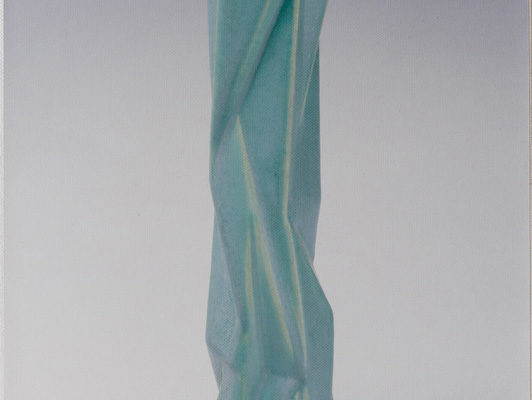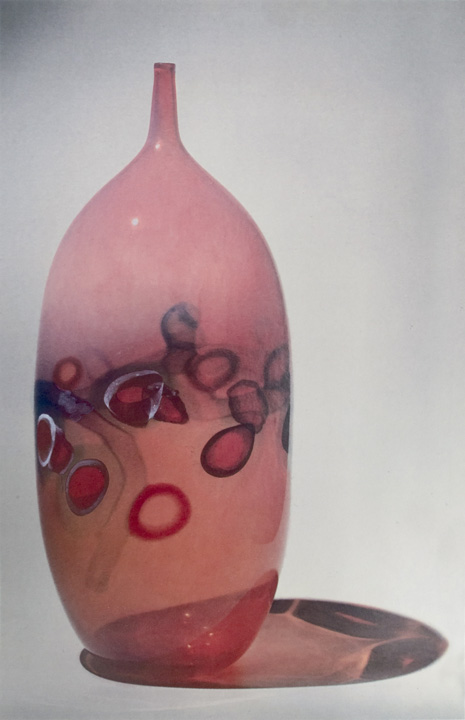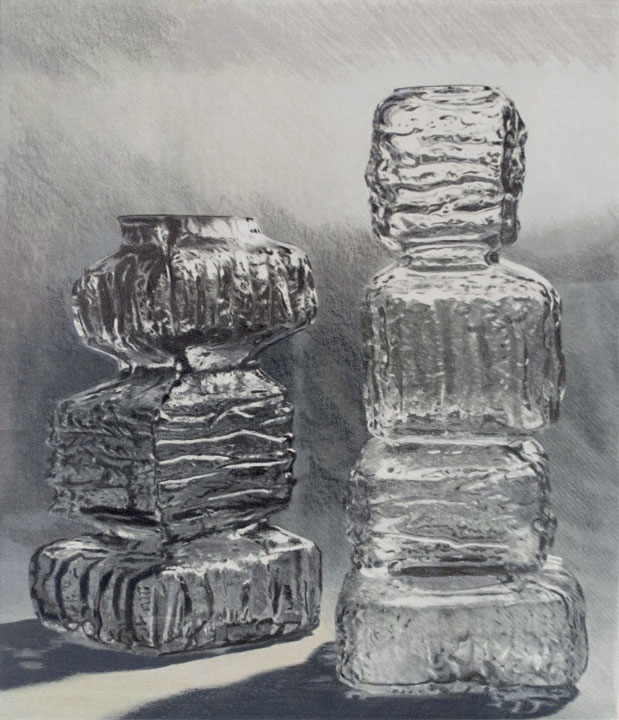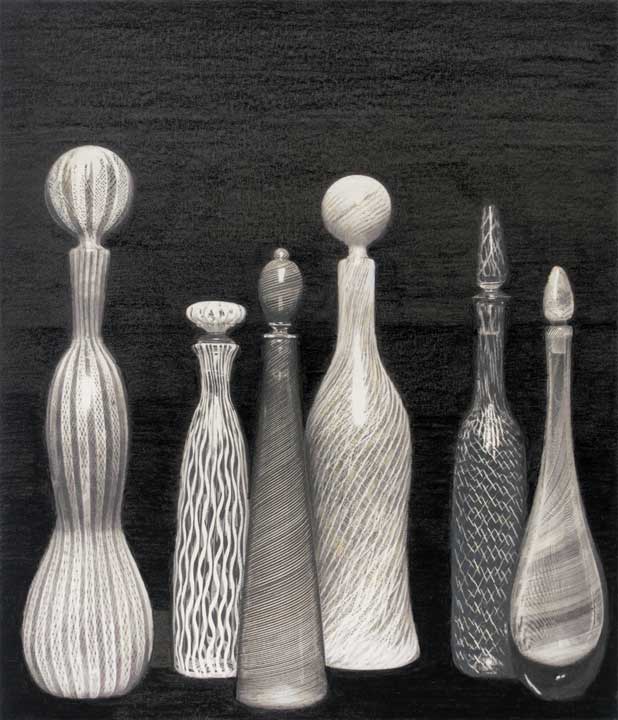Revelation of Beauty
Pier Giorgio De Pinto
25 September - 18 December 2022
Never before as in times like the present, when perdition seems to assail us on all sides, does art acquire a universal value of beauty, expressing the more or less intrinsic political vector that has the potential to reawaken maybe even only the slightest critical awareness in both author and observer. The metamorphosis of a civil war into something on a world scale towards an order of things greater than us necessarily drives us to think more about art and artistic languages in the framework of our already wearied global panorama.
Pier Giorgio De Pinto (1968) sets out to do just this in his one-man show entitled REVELATION OF BEAUTY. And he does so without taking leave of his everyday reality, in an attempt to transfer what has become a voiceless quotidian, with no listeners, into “a sumptuous quotidian”, as he himself describes it. The Swiss artist does this with a surprising exhibition, entirely dedicated – apparently – to painting, works mostly on paper made with gouache, water colours and crayons, in which the productive process itself conceptually becomes the work, and the work itself the casket that contains his humble yet grandiose approach to the quotidian, expressed visually and with devotion to reveal the rudiments of a melancholic beauty and move in an everyday experience – as the artist himself does well to remind us – conveyed by the multiple patterns of his painting, by the harmony of his subjects and by a conglomeration of rhythms generated by the act of drawing: each element is called upon to take shape within his composition.
Here the sumptuous becomes that sense of precious whose value dwells in the intention with which it is perceived or shown. Beauty stands revealed to celebrate, all together and simultaneously, the mysteries of existence by reanalysing and elaborating on what we see, reawakening the exercise of putting the very act itself of looking and seeing into focus.
Mario Casanova / Pier Giorgio De Pinto, 2022.
Translated by Pete Kercher
Ph MACT/CACT and Pier Giorgio De Pinto
Where
MACT/CACT
Museo e Centro d’Arte Contemporanea Ticino
Via Tamaro 3, Bellinzona.
Opening hours
Friday, Saturday, Sunday
2 p.m. – 6 p.m.
Entry
CHF 6.00





